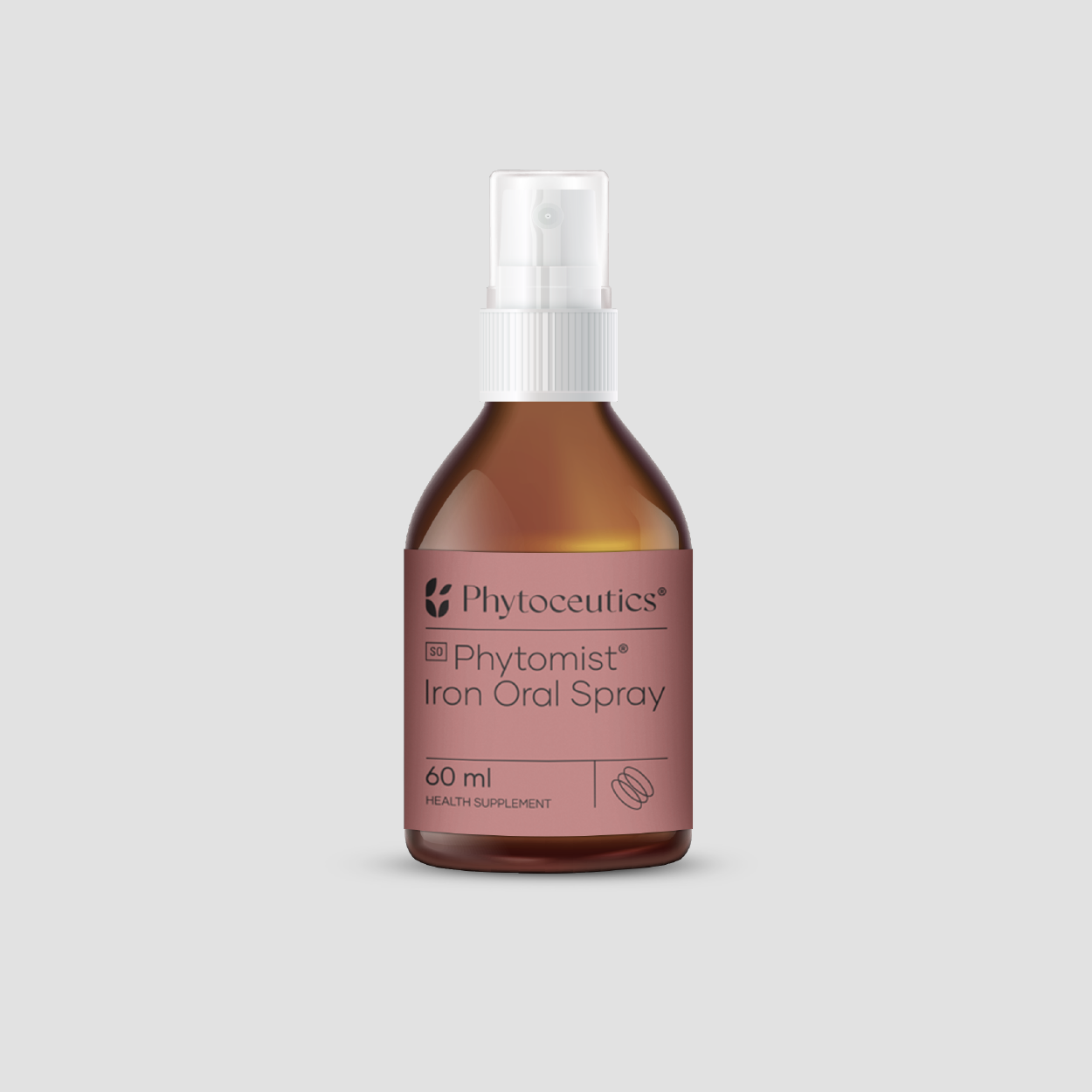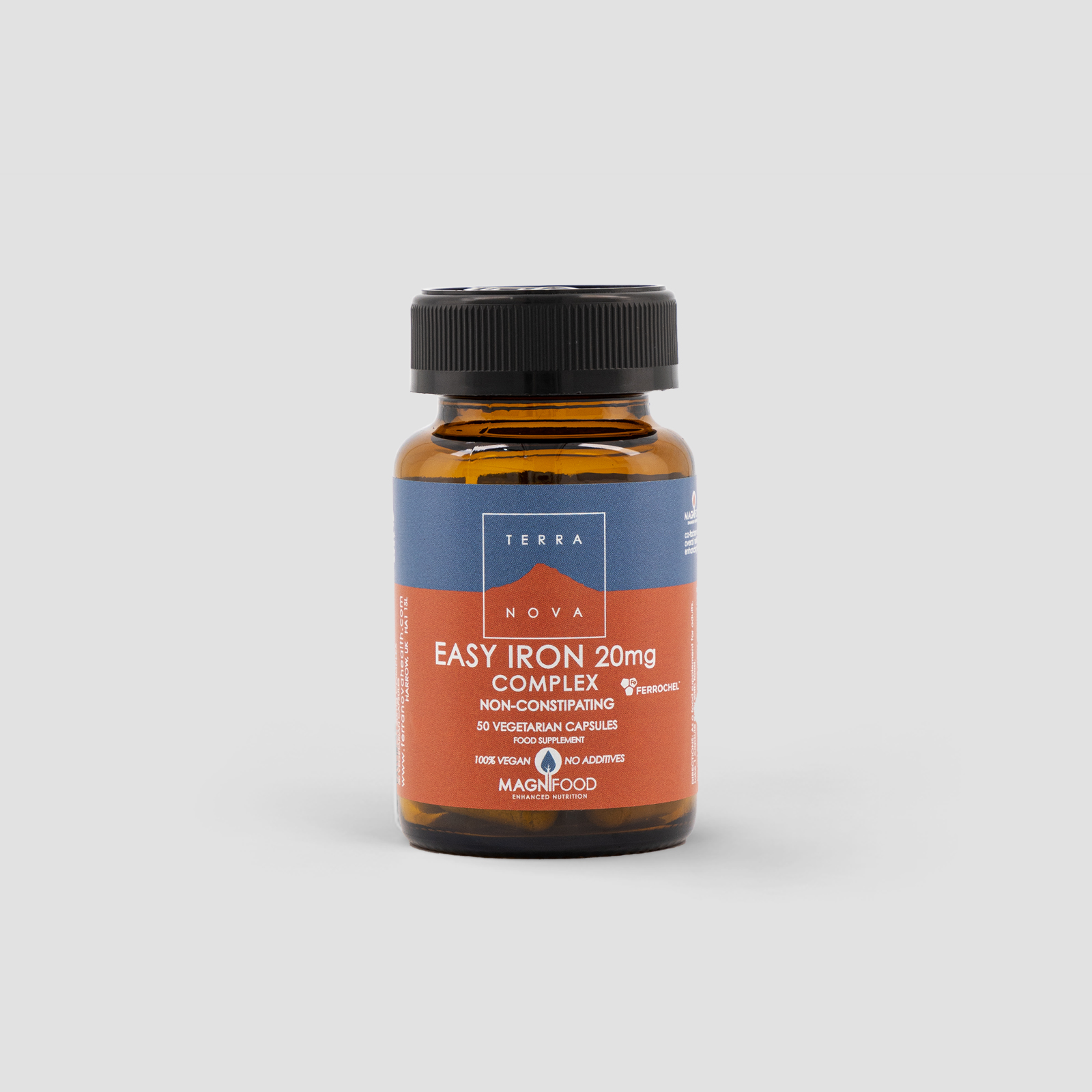It plays a pivotal role in oxygen transport, energy production, immune function, and even brain health. Despite its importance, many people, particularly women, athletes, and vegetarians, do not get enough iron through their diet or may lose it more quickly due to physiological demands.
1. Why Is Iron Important?
Iron’s most critical role is its involvement in transporting oxygen throughout the body. It is a key component of haemoglobin, the protein found in red blood cells that binds to oxygen in the lungs and releases it to tissues throughout the body. Without enough iron, the body cannot produce enough healthy red blood cells, resulting in reduced oxygen delivery and fatigue [1].
Iron is also crucial for cellular energy production. Every cell in the body uses oxygen to generate energy, and iron acts as a cofactor in many of the enzymes involved in this process [2]. It also plays an important role in the immune system, where it helps white blood cells function effectively. Deficiency may impair immune response, increase susceptibility to infections, and lead to mental fatigue or impaired cognitive performance [3].
2. What’s the Difference Between Iron, Haemoglobin, and Ferritin?
Understanding the difference between iron, haemoglobin, and ferritin is essential for interpreting blood tests and managing your health. Haemoglobin is the oxygen-carrying protein in red blood cells and is commonly measured to screen for anaemia. However, normal haemoglobin levels do not always mean iron levels are sufficient. That’s where ferritin comes in [4].
Ferritin is a protein that stores iron, primarily in the liver and immune system [3,4]. It acts as a buffer, releasing iron when needed. Ferritin levels are a more accurate reflection of the body’s iron reserves, and low ferritin can indicate iron deficiency even when haemoglobin levels are normal. For this reason, ferritin is considered one of the gold standards for early detection of iron deficiency [5].
3. How Do You Know If You Are Low in Iron?
Iron deficiency is often underdiagnosed because its early symptoms can be vague or attributed to stress or lack of sleep. Common signs include chronic fatigue, weakness, dizziness, pale skin, cold hands and feet, brittle nails, hair thinning, and brain fog [6]. Some individuals may also experience restless legs syndrome or cravings for non-food substances like ice, a condition known as pica [6,7].
The best way to confirm iron deficiency is through a blood test measuring ferritin and haemoglobin. In general, a ferritin level below 15 µg/L is considered deficient, although values under 30 µg/L may already be associated with symptoms [8]. Regular monitoring is especially important for frequent blood donors, menstruating and pregnant women, and those with underlying health conditions.
4. Who is Most at Risk for Iron Deficiency?
Certain groups are more susceptible to iron deficiency than others. Women of reproductive age are particularly vulnerable due to monthly blood loss during menstruation. In fact, up to 20% of women may have iron-deficiency anaemia at some point in their lives [9]. Pregnant and breastfeeding women also require significantly more iron to support foetal growth, increased blood volume, and milk production [10].
Vegetarians and vegans are at higher risk because they rely on non-heme iron from plant sources, which is less bioavailable than heme iron found in animal products. Athletes – especially endurance athletes – may also become deficient due to iron losses through sweat, foot-strike haemolysis (the destruction of red blood cells during high-impact activity), and increased red blood cell turnover [11].
5. How Can You Raise Low Iron Levels?
Raising iron levels can be done through dietary changes, supplementation, or both. Heme iron from red meat, liver, and poultry is more easily absorbed than non-heme iron found in plant sources like spinach, lentils, and fortified cereals. Pairing iron-rich foods with vitamin C (from fruits like oranges or strawberries) enhances iron absorption [12].
For those who need more support, products like BlueIron and Phytomist® Iron Oral Spray offer a gentle and effective option. BlueIron contains microencapsulated ferric iron (Fe³⁺), which is easier on the stomach and does not cause constipation – a common side effect of conventional iron supplements. It is also enriched with vitamin C, B12, zinc, folic acid, and biotin to support red blood cell production and immune health. Variants are available for pregnancy, sport, and children’s needs [13]. Phytomist® Iron Oral Spray contains microencapsulated Lipofer® iron, also shown to enhance absorption and prevent common gastrointestinal side effects from traditional iron tablets.
6. What Interferes with Iron Absorption?
Several substances can inhibit iron absorption if taken at the same time. These include calcium (from dairy or supplements) and beverages such as coffee and tea [14] [15]. It’s best to take iron supplements separately from these substances, ideally on an empty stomach or with a source of vitamin C to enhance uptake.
The microencapsulation technology in the above iron supplements can help protect the iron until it reaches the intestine, improving absorption and minimising gastrointestinal side effects [13].
Iron is vital for health and wellbeing, but striking the right balance can be tricky. Understanding the difference between ferritin and haemoglobin, identifying the signs of deficiency, and using high-quality supplements when needed can make a significant difference. Whether you’re donating blood regularly, navigating pregnancy, training hard, or simply feeling fatigued, paying attention to your iron status is a smart step toward better health.
This content is for informational purposes only and does not constitute medical advice. Always consult with your healthcare provider before starting any new supplement, especially if you are pregnant, nursing, have a medical condition, or are taking prescription or chronic medication.




